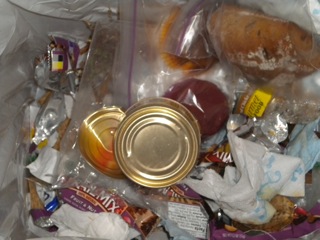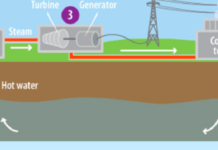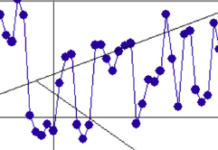In August of 2010, Methane to Megawatts, a project to capture the gas given off at Fred Weber landfills sites in Maryland Heights, O’Fallon, and Valley Park, MO, and convert it into usable energy, broke ground. The project was developed at Fred Weber after the state of Missouri passed a measure in 2010 to use more alternative energy, such as converted gas from landfills.
given off at Fred Weber landfills sites in Maryland Heights, O’Fallon, and Valley Park, MO, and convert it into usable energy, broke ground. The project was developed at Fred Weber after the state of Missouri passed a measure in 2010 to use more alternative energy, such as converted gas from landfills.
According to the contract with Ameren UE, Fred Weber hopes to be able to begin generating 15 megawatts (MW) by August 31, 2012. At that point the plant will be able to generate enough energy for about 10,000 homes. There are long term intentions of growing to be about 60 MW, potentially becoming the largest in the nation.
According to the Environmental Protection Agency (EPA), landfill gas is generated during the natural process of bacterial decomposition of organic material, which is contained in municipal solid waste landfills. Under the right circumstances, it can be also produced by volatilization or chemical reactions. However, these are not as common.
Currently, 15% of the landfill gas from the Fred Weber site is being used for energy, while 85% is burned in enclosed flares. The harvested energy has been used to heat Pattonville High School in Maryland Heights since 1997 and an additional asphalt plant, North Asphalt, in Bridgeton since 1983.
The idea of using gas released from waste has been around since around 550 BC, when the ancient Persians used it to heat bath water. However, they could not explain the science of it.
Today, the EPA defines landfill gas as a mixture of hundreds of different gases, typically 45% to 60% methane and 40% to 60% carbon dioxide, with traces of hundreds of other gases such as, oxygen, ammonia, sulfides, and hydrogen. According to the EPA, if not captured, landfill gas can remain in the atmosphere for up to 15 years.
Landfill gas systems are quickly growing around the nation. According to EPA, “as of October 2010, there are approximately 526 operational landfill gas energy projects in the United States and 515 landfills that are good candidates for projects.”
However, there are disadvantages to landfill gas systems. Glenn O’Bryan, an engineer from Fred Weber, explains that landfill gas is an inferior fuel when compared to natural gas because it is only 50% combustible. Natural gas, on the other hand, is 100% combustible.
“The benefit is that the population at large has decided that they want a certain amount of their energy generated from renewable sources,” says O’Bryan. “So landfills create this renewable source that if it was not used it would be combusted in enclosed flares with no purpose.” In other words, even if it has some downsides, it is better than nothing.
O’Bryan explains that at the site there will be about 100 landfill gas wells, about 150–200 feet deep, drilled into solid waste. In addition, Fred Weber Landfill has a blower system, similar to a vacuum that draws the gas released to one location. From there, the moisture is removed and the gas can be delivered to in-users.
Although it is still a developing process, O’Bryan concludes, “Within the context of renewables and that world, it will be significant.”














I found this article to super, ober informative. and well to be straight with you, I LOOOOOOVED IT! wahooo!:smile
Wow! what a great article, it not only reduces pollution, but its another source of energy! great topic! :smile
Article is good encouragement for people to get onboard and do more recycling. Well written Caitlin!
Caitlin, first off- well done! I really enjoyed reading your article, and I saw lots of great things going on in it: multiple credible source attributions, some interesting science bits about the components of "trash gas" and its combustibility, etc… One thing I was wondering, though, is this: Are there any people who wouldn’t want this to happen and why? I know the engineer who works for Weber said it was good for everyone, but does anyone lose in this situation or is it really a win for everyone? Again, overall this article was outstanding- just some things to think about.
Wow great article! I found this really interesting and it filled me in on another way to decrease pollution!
This article is so interesting and inspiring! Trash is a good way not only to create new ways for energy but to also help with overfilling landfills in the United States. The article is very informative and gives an extremely well informed exposition on this kind of energy as well. It’s awesome!
Great article! I found it to be very informative and the title really drew me in. It’s a very interesting topic but good for the community.
Omg SO interesting! I agree with everything. It was so inspirashunal I literally can’t even :good